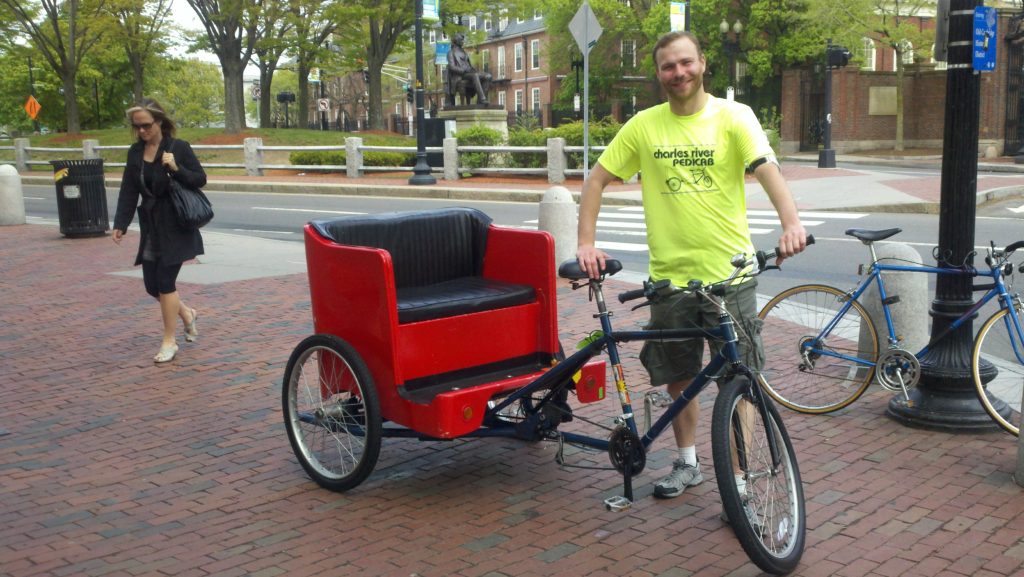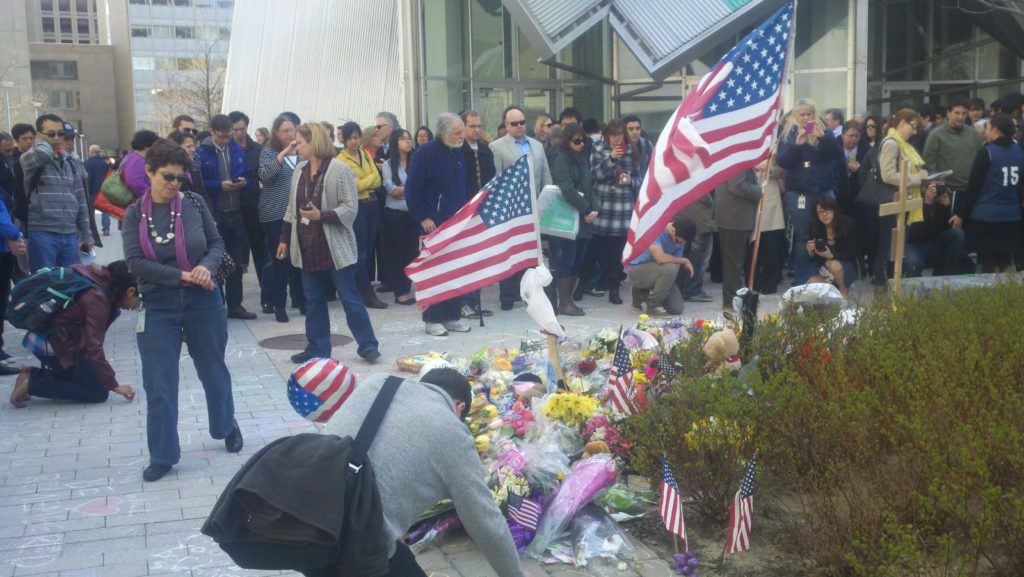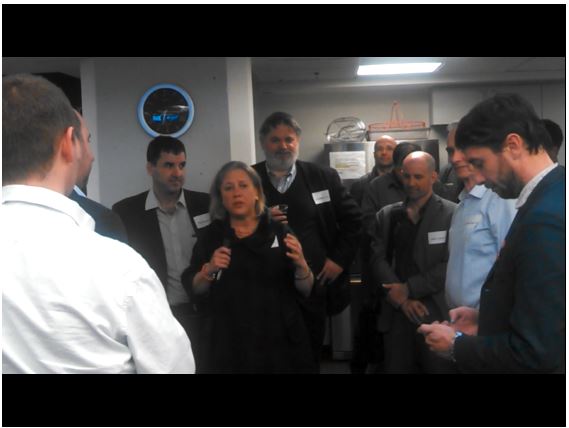Like Sheryl Sandberg, the Facebook COO and author of Lean-In, Cambridge author Anita Harris is ...
new cambridge observer
New Cambridge pedicab service looks like fun; pay what you like.
Breakthrough Greater Boston, the nonprofit organization dedicated to preparing under-resourced students to attend four-year colleges and to...
Anita Harris reports that Boston area acupuncturists are offering free services to help minimize post-traumatic stress...
Following a statewide moment of silence for victims of the Boston Marathon bombing and its aftermath, mourners...
Photo of US Senator Mary Landrieu at Venture Cafe, Cambridge Innovation Center, Cambridge, MA.


